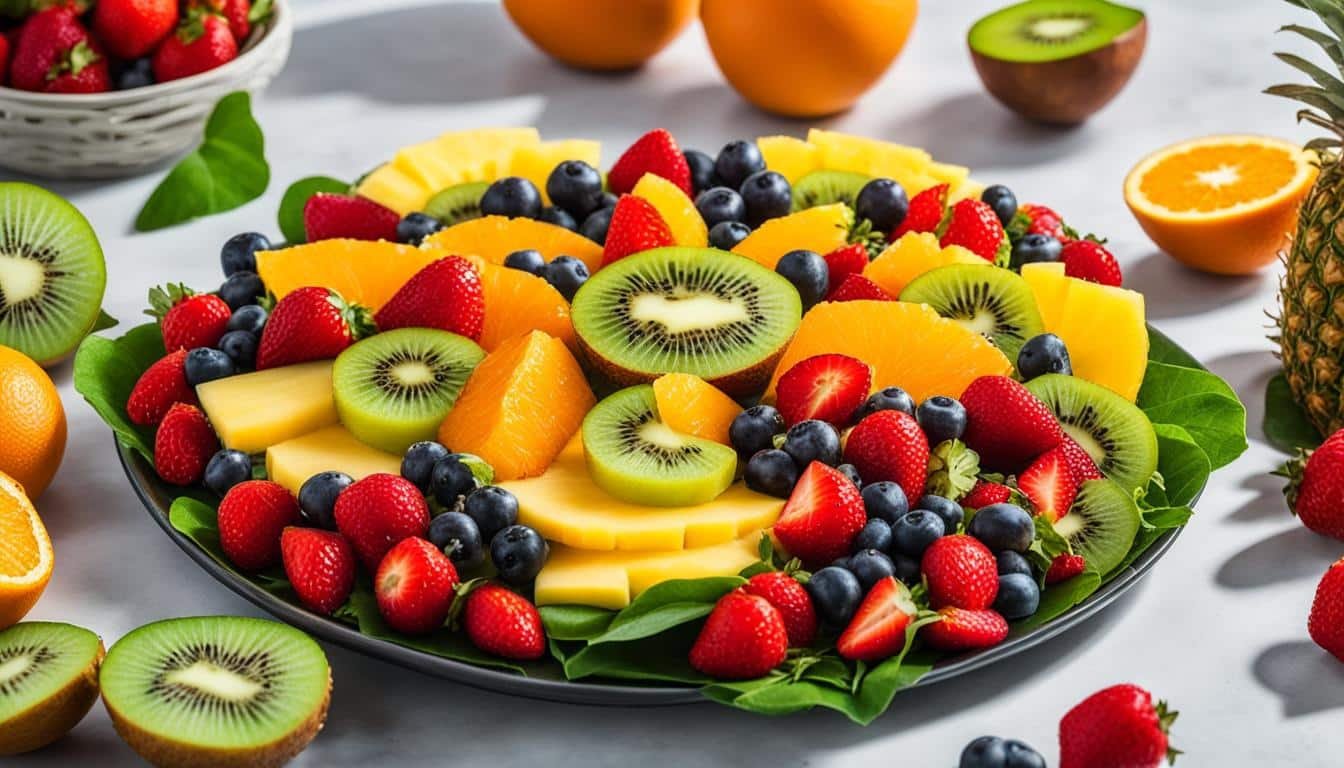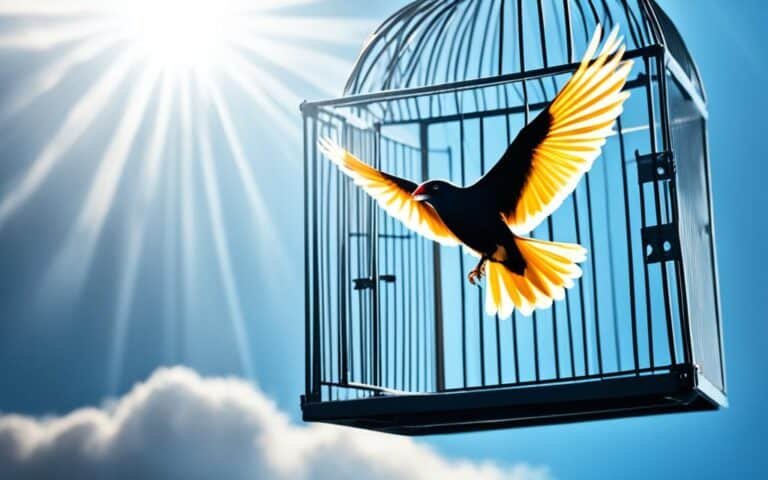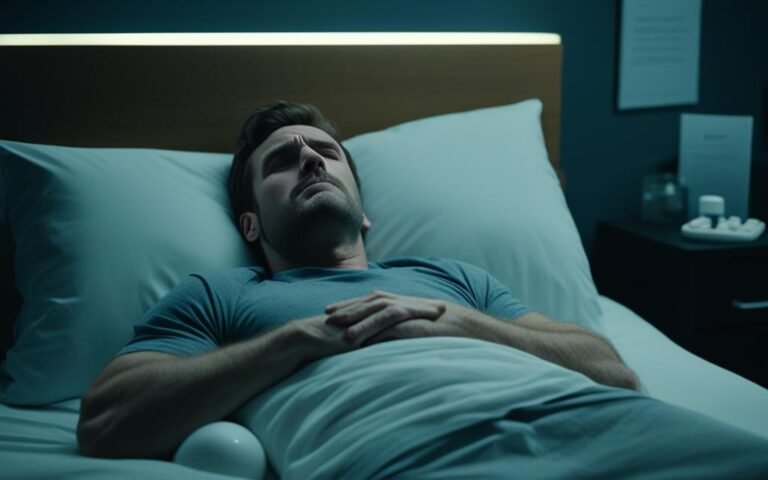Dear reader, have you ever experienced the excruciating pain of brain freeze? That intense throbbing sensation that completely takes over your head, making you momentarily regret indulging in that delicious ice cream or icy beverage? Well, you’re not alone. Brain freeze, also known as ice cream headache or sphenopalatine ganglioneuralgia, is a common phenomenon that many of us have encountered. It can quickly turn a moment of pure enjoyment into a painful ordeal. But how to stop brain freeze?
But fret not, for there are quick and effective relief tips that can help you conquer brain freeze and get back to enjoying your favorite frozen treats. In this article, we will explore the causes of brain freeze, its symptoms, and most importantly, how to stop it in its tracks.
So, grab a warm cup of tea or coffee, take a deep breath, and let’s dive into the world of brain freeze and the remedies that can bring you quick relief.
Key Takeaways:
- What is a brain freeze? Brain freeze, also known as sphenopalatine ganglioneuralgia, is a type of headache that occurs after consuming something cold.
- The exact cause of brain freeze is the rapid cooling of the palate, which leads to the constriction and subsequent dilation of blood vessels.
- To alleviate brain freeze, you can try pressing your tongue or thumb against the roof of your mouth, drinking warm water, or taking smaller bites or sips of cold food.
- Pain medications may not be necessary as the headache typically subsides on its own within a few minutes.
- What about brain freeze prevention? By following preventive measures such as consuming cold foods and drinks slowly and allowing them to warm up in your mouth before swallowing, you can reduce the risk of brain freeze.
Understanding the Sphenopalatine Ganglioneuralgia Phenomenon
What is a brain freeze? Brain freeze, also known as sphenopalatine ganglioneuralgia, is a type of headache that occurs after consuming something cold. It is characterized by a sudden and intense pain in the forehead, temples, or behind the eyes or nose.The pain typically lasts for a few seconds to a few minutes and subsides on its own. What causes brain freeze? The exact cause of brain freeze is not fully understood, but it is believed to be triggered by the rapid cooling of the palate, which leads to the constriction and subsequent dilation of blood vessels. This process causes pain signals to be sent to the brain through the trigeminal nerve. Brain freeze is a temporary phenomenon and typically resolves within a few minutes. It is more common in hot weather when there is a greater temperature difference between the cold food or drink and the environment.
The Anatomy of Brain Freeze
Brain freeze is believed to be caused by the rapid cooling of the palate, which is the roof of the mouth. When cold substances come into contact with the palate, the blood vessels in that area rapidly constrict. This constriction is followed by a dilation of the blood vessels, which sends pain signals to the brain through the trigeminal nerve. The trigeminal nerve is responsible for carrying sensory information from the face to the brain.
Why Do Cold Treats Cause Pain?
The exact reason why cold treats cause pain is not fully understood, but it is believed to be a protective mechanism of the body. When the palate becomes too cold, the blood vessels constrict to reduce the amount of cold blood flowing to the brain. This constriction triggers the release of pain chemicals, resulting in the intense headache associated with brain freeze.
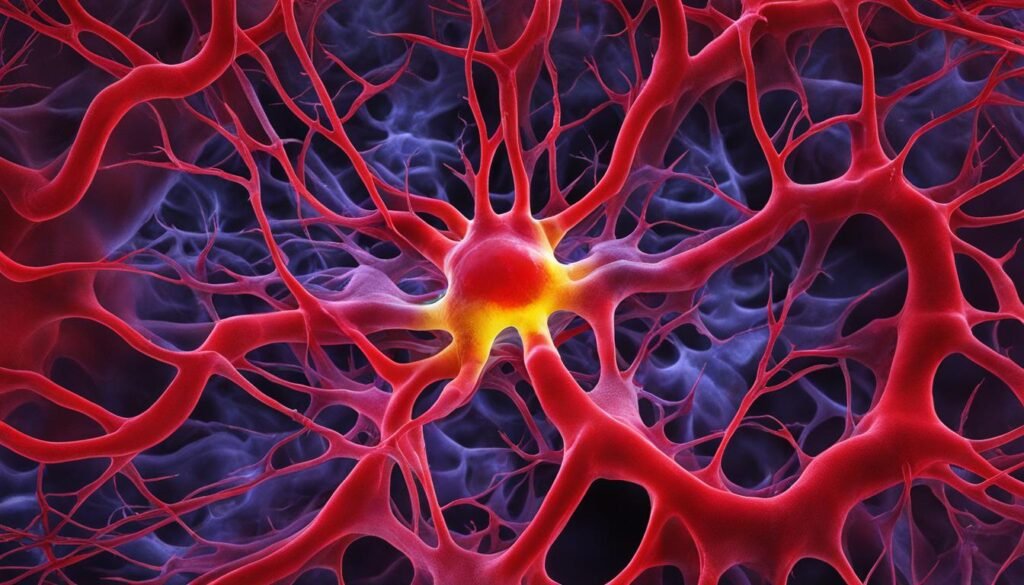
Identifying Symptoms of Brain Freeze
When it comes to brain freeze, it’s important to be able to recognize the common signs and differentiate them from other types of headaches. By understanding the symptoms, you can effectively manage and find relief from this temporary discomfort.
Common Signs of an Ice Cream Headache
The primary symptom of brain freeze is a sudden and sharp pain in the forehead or temples. This intense headache can occur within seconds after consuming something cold, such as ice cream or a frozen beverage. The pain is often described as throbbing and can last for a few seconds to a few minutes.
Differentiating Between Brain Freeze and Migraines
While brain freeze and migraines can share similar symptoms, there are key differences that can help you distinguish between the two conditions. Brain freeze is typically short-lived and triggered by exposure to cold food or drinks. On the other hand, migraines are more prolonged and can be triggered by various factors such as stress, hormonal changes, or certain foods.
Migraines often come with additional symptoms, including:
- Nausea
- Sensitivity to light or sound
- Visual disturbances
Understanding these distinctions can help you properly identify and address your symptoms, ensuring you take the appropriate steps to find relief.

First Response: Immediate Relief for Brain Freeze
Quick relief for brain freeze. When experiencing brain freeze, there are several immediate relief techniques that can help alleviate the pain. These include:
- Removing the cold food or drink from your mouth
- Pressing your tongue against the roof of your mouth
- Drinking warm water
- Taking smaller bites or sips of cold food
These techniques can help warm up the palate and reduce the intensity and duration of the brain freeze headache. It is also important to note that over-the-counter pain medications may not be effective as the headache typically subsides on its own within a few minutes.
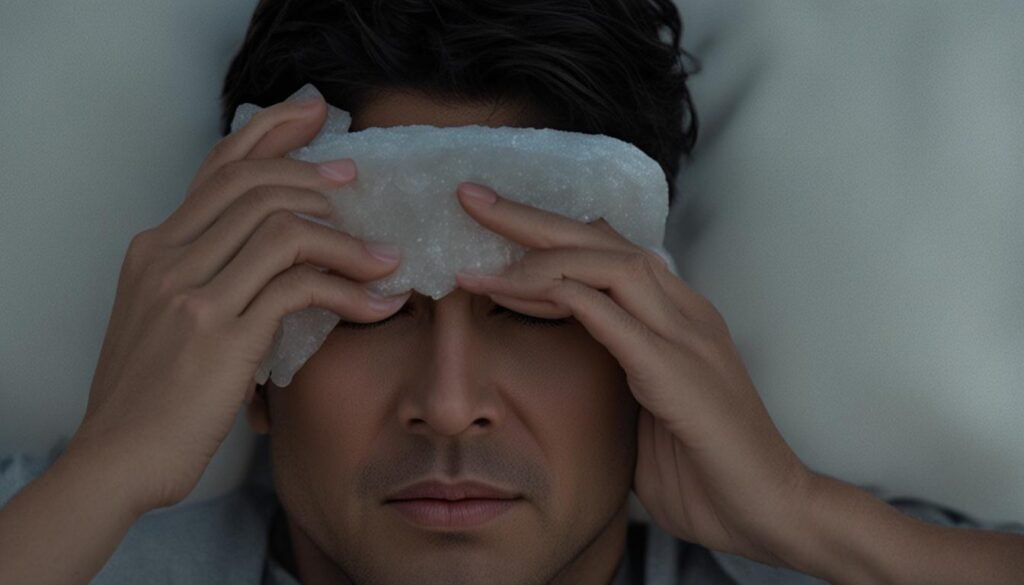
How to Stop Brain Freeze
How to stop brain freeze? In order to stop it, it is recommended to take preventive measures and follow the next tips to avoid brain freeze. These include consuming cold foods and drinks slowly and in smaller bites or sips, allowing them to warm up in your mouth before swallowing. You can also try covering your mouth and nose with your hands and breathing quickly to trap warm air, or pressing your thumb against the roof of your mouth to provide warmth. Additionally, taking breaks from consuming cold foods and drinks can help prevent brain freeze from occurring.
By implementing these strategies, you can reduce the likelihood of experiencing brain freeze and enjoy your favorite cold treats without the discomfort. Remember to listen to your body and take breaks when needed. It’s always better to savor the moment and prevent that sudden headache from spoiling your enjoyment.
Preventative Strategies: How to Safeguard Against Brain Freeze
Consumption Techniques to Avoid Triggering Pain
To prevent brain freeze, it is crucial to employ effective consumption techniques. By following these tips, you can enjoy cold treats without experiencing the discomfort of brain freeze. Start by consuming cold foods and drinks slowly, taking smaller bites or sips. This helps prevent the rapid temperature changes that trigger brain freeze. Additionally, allow the cold substances to warm up in your mouth before swallowing. This warming process reduces the risk of brain freeze by minimizing the extreme contrast in temperature.
Another technique for brain freeze prevention is to cover your mouth and nose with your hands and breathe quickly. This helps trap warm air in your mouth, providing a barrier between the cold food or drink and your palate. Pressing your thumb against the roof of your mouth can also provide warmth and alleviate the onset of brain freeze. Experiment with these consumption techniques to find what works best for you and prevents brain freeze from occurring.
Temperature Acclimation Tips
In addition to consumption techniques, temperature acclimation can help safeguard against brain freeze. Gradually exposing yourself to colder temperatures over time helps your body adjust and become less sensitive to the cold. Start by incorporating small amounts of cold foods or drinks into your regular diet. As your tolerance increases, gradually increase the frequency and amount of cold consumption. This gradual acclimation allows your body to adapt to the temperature differences and reduces the likelihood of experiencing brain freeze. With consistent exposure, you can enjoy cold treats without the risk of triggering intense pain.
Implementing these preventative strategies can significantly enhance your enjoyment of cold food and drinks. By practicing mindful consumption and temperature acclimation, you can savor your favorite frozen treats without the discomfort of brain freeze.

Conclusion
Brain freeze, scientifically known as sphenopalatine ganglioneuralgia, is a temporary headache that occurs when you indulge in cold foods or drinks. Although the exact cause is not fully understood, it is believed to be triggered by the rapid cooling and subsequent dilation of blood vessels in the palate. The good news is that brain freeze is usually short-lived and resolves on its own within a few minutes.
How to stop brain freeze? If you find yourself experiencing brain freeze, there are immediate relief techniques that can help alleviate the pain. Try pressing your tongue against the roof of your mouth or drinking warm water. These methods can provide quick relief and ease the discomfort. However, it’s important to note that brain freeze typically subsides without the need for any specific treatment.
To prevent brain freeze from occurring, there are a few measures you can take. Consume cold foods and drinks slowly, allowing them to warm up in your mouth before swallowing. This can help minimize the rapid temperature changes that trigger brain freeze. By following these simple tips, you can enjoy your favorite cold treats without the discomfort of brain freeze.
In conclusion, while brain freeze may be a temporary inconvenience, it is a common reaction to consuming cold foods or drinks. By understanding how it occurs and implementing preventive measures, you can minimize the occurrence and duration of brain freeze. So go ahead and savor your cold treats with confidence, knowing that you have the knowledge to prevent and manage brain freeze effectively.
FAQ
How can I stop brain freeze quickly?
To stop brain freeze quickly, you can try pressing your tongue or thumb against the roof of your mouth, drinking warm water, or taking smaller bites or sips of cold food and allowing them to warm up in your mouth before swallowing. Pain medications may not be necessary as the headache typically subsides on its own.
What is a brain freeze?
Brain freeze, also known as sphenopalatine ganglioneuralgia, is a type of headache that occurs after consuming something cold. It is characterized by a sudden and intense pain in the forehead, temples, or behind the eyes or nose.
What causes brain freeze?
The exact cause of brain freeze is not fully understood, but it is believed to be triggered by the rapid cooling of the palate, which leads to the constriction and subsequent dilation of blood vessels. This process causes pain signals to be sent to the brain through the trigeminal nerve.
How do I differentiate between brain freeze and migraines?
Brain freeze is typically short-lived and triggered by cold food or drinks, while migraines are more prolonged and can be triggered by various factors. Migraines may also be accompanied by other symptoms such as nausea, sensitivity to light or sound, and visual disturbances.
What can I do for immediate relief from brain freeze?
When experiencing brain freeze, you can remove the cold food or drink from your mouth, press your tongue against the roof of your mouth, drink warm water, or take smaller bites or sips of cold food to warm up the palate and reduce the intensity and duration of the headache.
How can I prevent brain freeze?
To prevent brain freeze, it is recommended to consume cold foods and drinks slowly and in smaller bites or sips, allowing them to warm up in your mouth before swallowing. Taking breaks from consuming cold foods and drinks can also help prevent brain freeze from occurring.
What are some preventative strategies to safeguard against brain freeze?
Consuming cold foods and drinks slowly and allowing them to warm up in the mouth, along with temperature acclimation techniques such as gradually exposing yourself to colder temperatures over time, can help prevent brain freeze.
Q: Is there a cure for brain freeze?
Brain freeze is a temporary phenomenon that typically resolves on its own within a few minutes, so there is no specific cure for it. However, taking preventive measures and using immediate relief techniques can help alleviate the pain and reduce the frequency of brain freeze episodes.



